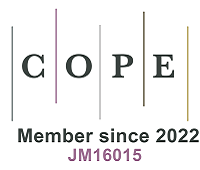Spatial metastability control via compositional heterostructures for enhanced TRIP behavior in ferrous medium-entropy alloys
Abstract
This study introduces a novel multi-material design strategy termed spatial metastability control (SMC) for enhancing the transformation-induced plasticity (TRIP) behaviors in ferrous medium-entropy alloys (MEAs). The approach utilizes a compositional heterostructure by integrating pure Fe into a metastable MEA, establishing a gradual phase stability across the MEA/Fe interface. This gradient forms a distinct transition region characterized by refined grain size, thermal martensite formation, and moderate solid solution strengthening. The engineered spatial distribution of metastability facilitates efficient strain accommodation and promotes sequential TRIP activation. As a result, the SMC-designed alloys demonstrate exceptional strength-ductility synergies at both room and cryogenic temperatures. The SMC30 sample exhibits extensive martensitic transformation (~95 vol%), validating the effectiveness of spatially engineered phase metastability in enhancing TRIP behavior. This design framework offers a versatile pathway for developing next-generation structural alloys with tunable mechanical performance through spatial control of phase stability across a broad temperature range.
Keywords
Heterostructures, spatial metastability control, severe plastic deformation, mechanical properties, transformation-induced plasticity
Cite This Article
Son S, Ha H, Ha SV, Lee JS, Lee SW, Koo BW, Gao Z, Jang J, Lee BJ, Kim HS. Spatial metastability control via compositional heterostructures for enhanced TRIP behavior in ferrous medium-entropy alloys. Microstructures 2025;5:[Accept]. http://dx.doi.org/10.20517/microstructures.2025.117














